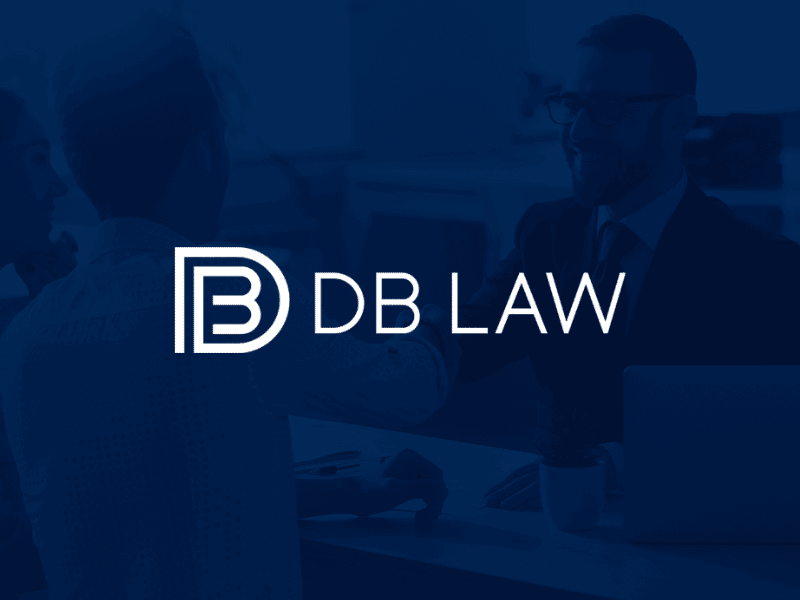If someone hits a driver while driving their car, it can be traumatic for both parties. The driver may feel as if the fault is all theirs. But that may not be the case. Here’s what you need to know about being the driver who ran into a cyclist.
Is the Driver Always at Fault in Accidents Involving a Cyclist?
Given that a vehicle is larger and heavier than a bicycle and the types of injuries the cyclist could sustain are much worse than the driver would, it seems logical that the driver must be at fault for any accident involving a bicycle. But that’s not the case, and that’s one reason it’s so important to work with a knowledgeable personal injury attorney if you hit a cyclist with your car.
What Laws Do Cyclists Have to Follow in Texas?
Just as drivers have laws they must follow, cyclists also have laws to heed. Texas law generally says that bicycles “are entitled to all rights and obligated to all duties of a road that apply to a motor vehicle.”

That includes:
- Cyclists must ride on the right side of the road.
- They must obey all traffic signs and signals.
- They must not ride while impaired or distracted.
- They must use hand signals to indicate turns and stops.
- Bikes must have brakes capable of making a braked wheel skid on dry, level, clean pavement.
- If biking at night, the bike must have a headlamp on the front of the bike that illuminates at least 500 feet in front of the bike. They must also have a red reflector or lamp on the bike’s rear visible at least 300 feet away.
- The cyclist can only ride on a permanent bike seat and may not carry more people than the bike is designed to carry (so if two people are to ride, they’d need a tandem bike, not two people trying to ride one seat).
- Cyclists are not allowed to tow others using things like roller skates, sleds, or coasters, nor should a cyclist grab hold of another vehicle for a tow.
- Cyclists must not carry objects that prevent them from keeping at least one hand on the handlebars.
If cyclists violate any of these laws, they could be found at least partly at fault for the accident.
What Other Responsibilities Does the Cyclist Have?
While bicycles bear almost no resemblance to cars and other vehicles, bicyclists are expected to follow applicable laws and bike safety recommendations while biking, similar to those required of vehicle drivers. So if a cyclist is engaging in unsafe biking that’s not necessarily covered by laws, such as weaving in and out of traffic or not paying attention to their surroundings, they could be found partly at fault for the accident.
Note that Texas does not require cyclists to wear helmets.
How Does Texas View Comparative Negligence?
Texas follows the rule of modified comparative negligence. This rule states that if the injured person is 50% or less at fault for the accident, they can receive financial compensation for their damages. They’re no longer eligible for compensation if they’re 51% or more at fault. So if the bicyclist were deemed 51% or more at fault, they wouldn’t be able to file for damages. For example, if they were determined to have been 40% at fault and were awarded $10,000 in damages, they’d only receive $6,000 because of the 40% reduction due to liability.
What Are Things Drivers Are Held Responsible for in an Accident with a Cyclist?
Just as cyclists are expected to follow the rules of the road, so are drivers. That means things like speeding, driving while impaired or distracted, changing lanes or making turns without signaling, and ignoring traffic lights and signals put the driver at risk of being found at least partly at fault for the accident. In addition, drivers who don’t keep a safe distance from a bicycle, whether in front of them or riding on the side of the road to the right of them, can be found liable in an accident.
What Should I Do if I Was Hit a Cyclist with My Car in Texas
First, file a police report, as that may be evidence needed if claims are made. Then you should see a doctor even if you feel fine, as some injuries don’t present symptoms right away. You should exchange contact and insurance information with the cyclist, but don’t have any conversation beyond that, and definitely don’t say anything that could be interpreted as accepting the entire blame for the accident.

Then call DB Law 24/7 at 346-818-3311 to set up a free nationwide case review. Even if your car hit the cyclist, there may be mitigating circumstances that will reduce or remove your liability for the accident. You’ll want to work with experienced, knowledgeable personal injury attorneys to ensure you aren’t assessed as having more liability than you should.
Something not to do: Communicate with the insurance representative or attorney representing the cyclist. Their primary goal is to assign all the liability for the accident to you, even if the cyclist was partly at fault. Given that Texas follows the 51% modified comparative negligence rule, they’ll do everything they can to prevent any liability from being assigned to the cyclist. If they try calling, emailing, or writing letters to you, don’t respond but forward the information to your lawyer.








 1300 McGowen
1300 McGowen (713) 714-6206
(713) 714-6206
 contact@dblawtx.com
contact@dblawtx.com